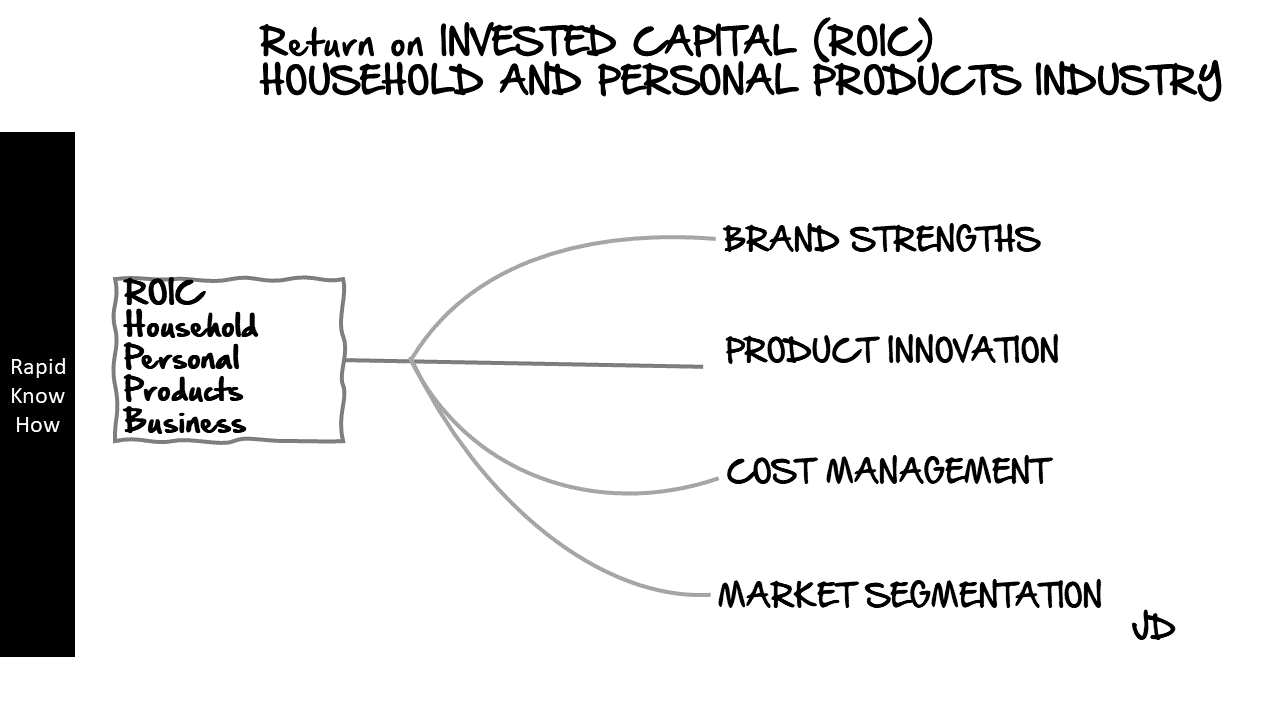Understanding key ratios of different industries is crucial for investors, analysts, and business owners alike. These ratios provide a snapshot of a company’s financial health and performance within its industry. They can be used to compare companies within the same sector, identify trends, and make informed decisions.
Let’s delve into some key ratios of various industries and their main levers:
1. Retail Industry:
Main Levers: Inventory turnover, sales per square foot, and gross margin return on investment (GMROI).
Key Ratios: Inventory turnover ratio (Cost of Goods Sold/Inventory), which indicates how quickly a company sells its inventory. A higher ratio is generally better as it suggests strong sales.
Best Example: Walmart, with its efficient inventory management system, often has a high inventory turnover ratio.
Worst Example: J.C. Penney has struggled with inventory management in the past, leading to lower inventory turnover ratios.
2. Technology Industry:
Main Levers: Research & Development (R&D) expenditure, sales growth, and profit margins.
Key Ratios: R&D/Sales ratio indicates how much a company is investing in innovation relative to its sales. A higher ratio could suggest future growth but also higher risk.
Best Example: Alphabet Inc., Google’s parent company, consistently invests heavily in R&D.
Worst Example: BlackBerry Limited had high R&D expenses but failed to translate this into successful products.
3. Banking Industry:
Main Levers: Interest rates, loan defaults, and regulatory capital requirements.
Key Ratios: Return on Assets (ROA) measures profitability relative to total assets. Higher ROA indicates more efficient use of assets.
Best Example: JPMorgan Chase typically has a high ROA compared to other banks.
Worst Example: Deutsche Bank has struggled with low ROA due to high costs and legal issues.
4. Manufacturing Industry:
Main Levers: Production efficiency, raw material costs, and labour costs.
Key Ratios: Gross Margin (Sales – Cost of Goods Sold/Sales) measures the percentage of sales revenue that the company retains after incurring direct costs associated with producing goods. A higher ratio indicates better profitability.
Best Example: Apple Inc. has consistently high gross margins due to its premium pricing strategy.
Worst Example: General Motors has lower gross margins due to high production and labour costs.
5. Healthcare Industry:
Main Levers: Research & Development, regulatory approval, and patient outcomes.
Key Ratios: R&D/Sales ratio is also crucial in this industry. It indicates how much a company is investing in developing new treatments.
Best Example: Johnson & Johnson consistently invests in R&D, leading to a robust pipeline of products.
Worst Example: Valeant Pharmaceuticals faced criticism for its strategy of acquiring companies instead of investing in R&D.
These are just a few examples. Each industry has its unique set of key ratios and main levers that drive performance. Understanding these can provide valuable insights into a company’s financial health and competitive position within its industry.
